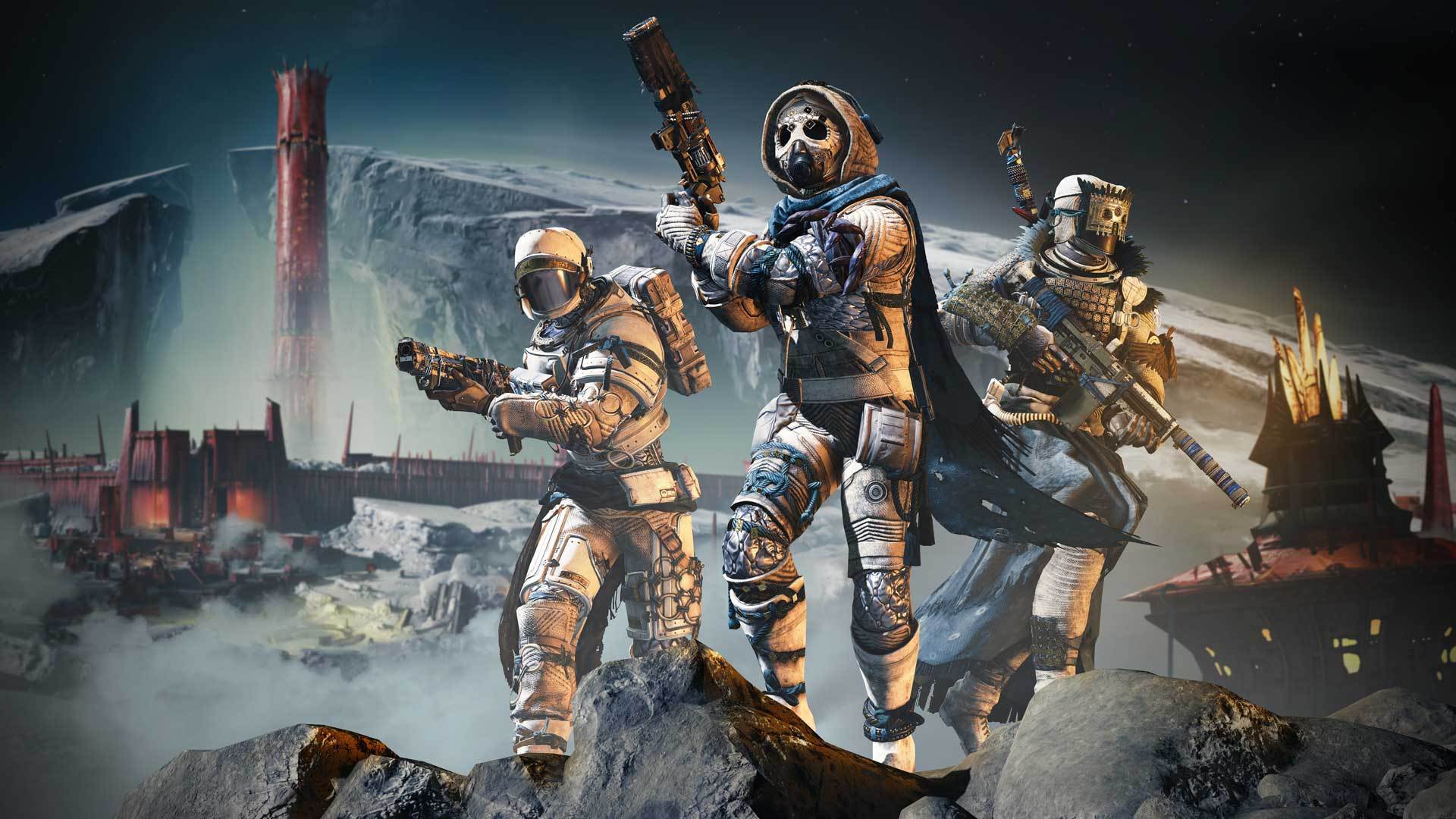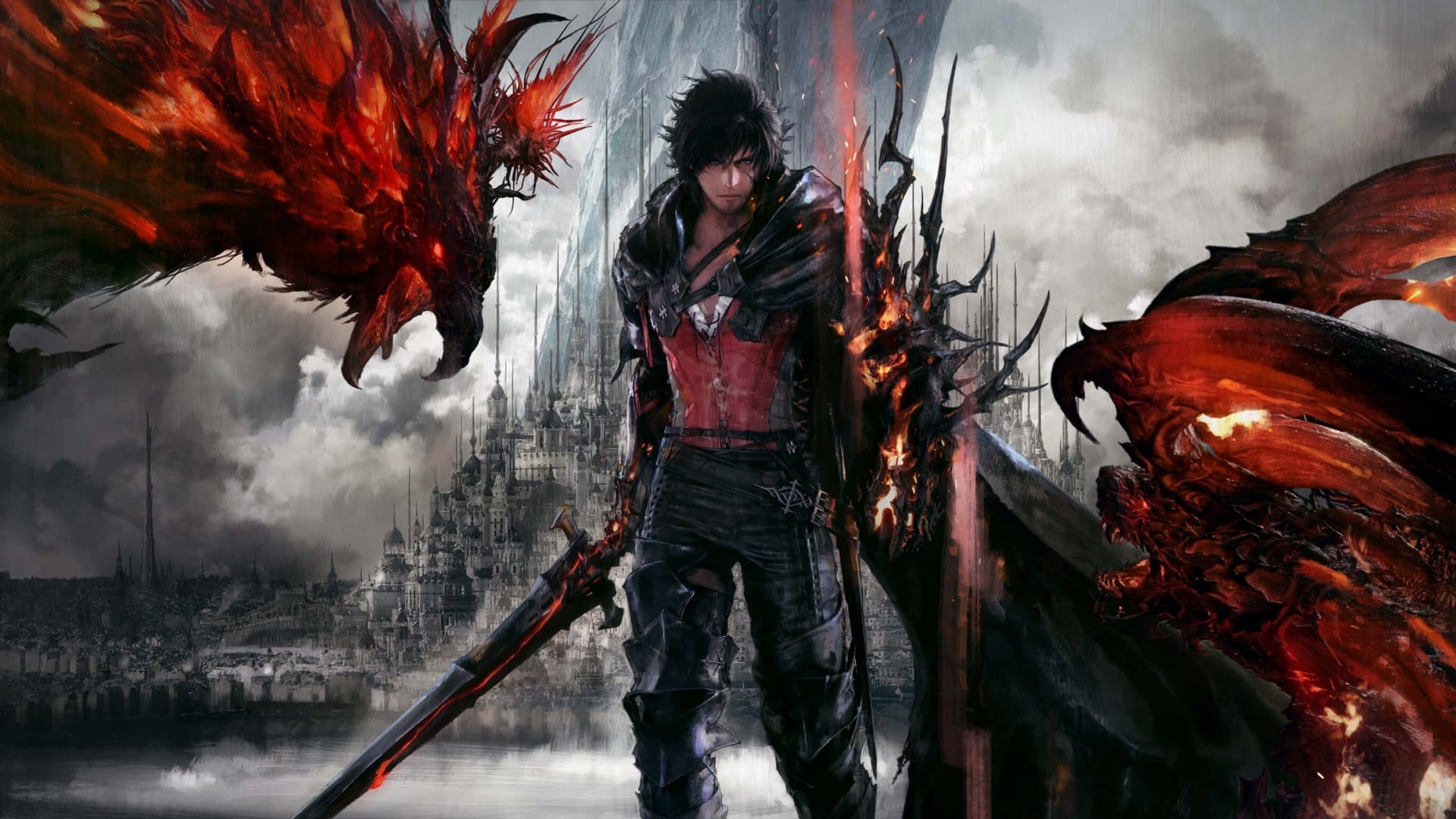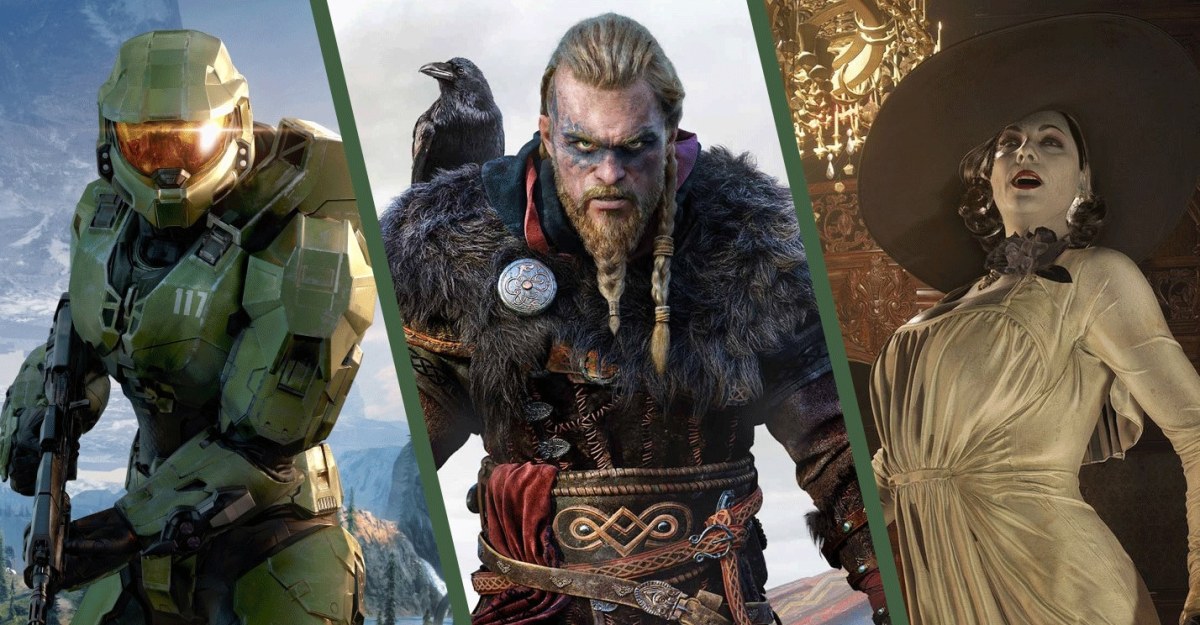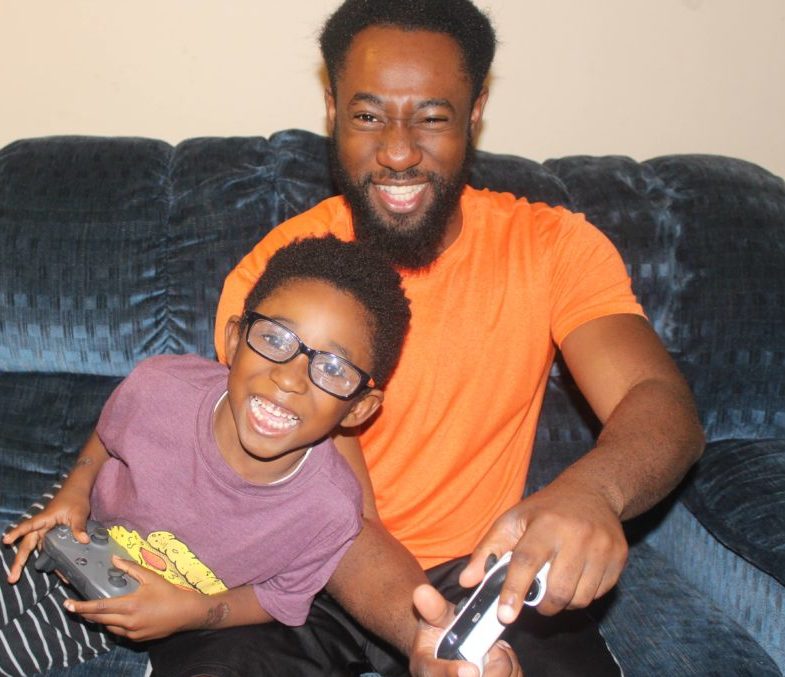Last year we got our seventh mainline Halo title with Infinite, our eighth (tenth?) Resident Evil with Village, and the 12th mainline Assassin’s Creed game with Valhalla. Without even counting the numerous spin-offs, prequels, and remakes, that’s a lot of games dedicated to a mostly continuous story or series of events. Each of these franchises has celebrated amazing highs and embarrassing lows and even worked to reinvent itself in some ways to stay relevant to the shifting tastes of the player base. But what if the developers had just let their game franchises die?
Hear me out. We have gotten celebrated revivals of each of these game franchises in recent years, but remember Assassin’s Creed Unity or Resident Evil 6? If Halo had stopped at 3 or even Reach, no, we wouldn’t have eventually gotten 343 Industries’ Infinite, but the game was delayed for over a year and eventually launched in a state many don’t consider complete just yet.
It can be argued that, if any of these teams had been able to move on to new ideas after completing their big franchise’s story arcs, then we would not have seen those mid-life slumps, and developers could have been spared the massive pressure of keeping a resolved franchise ongoing. The Halo example is poignant, as original developer Bungie went on to create Destiny after finishing Reach and leaving Microsoft. Without the name recognition of that massive franchise, it made do with the reputation of having created it.
Destiny mechanically resembles Halo in many ways, so Bungie didn’t necessarily start from nothing and was able to make the new IP a massive success in its own right. Similarly, the original Assassin’s Creed started out as yet another Prince of Persia sequel but morphed into a new IP when the scope expanded. Meanwhile, Prince of Persia itself is still struggling to make its comeback, with a remake of The Sands of Time facing development hell.

The fear of leaving a once profitable name behind is a real one. It can be extremely difficult to get the masses to care about something they’ve never heard of before, yet when new IPs catch on, they tend to take their positions right alongside the juggernaut titles that have come before.
With all that being said, there are of course a lot of exceptions. Franchises that have persisted for decades or have otherwise never seen a significant slump in their appeal to the market serve as aspirational role models for studios. Franchises like Nintendo’s Mario or Square’s Final Fantasy come to mind, and I believe they avoid the pitfalls of franchise fatigue by refusing to adhere to any continuity.
The story in Mario is pretty often a flimsy damsel-in-distress setup that’s secondary to the gameplay innovations, while Final Fantasy tells a completely different story with new characters and locations with every new numbered iteration. These games retain their identities by carrying over iconography, systems, or mechanics, while leaving room to experiment with enough factors that sequels can feel quite different from one another. Nintendo gets to have its cake and eat it too because, as long as Mario jumps, everything else is negotiable.
It seems the key is to build upon your gameplay foundations without being afraid to change everything else about a game’s context, narrative, or setting. The defining aspect of a video game is its interactivity; it’s something the player feels. This is why a FromSoftware game is distinctly recognizable despite shifting from titles like Dark Souls to Bloodborne or Sekiro. Ending a game’s story or making it a vague archetype that enables familiar gameplay can free players of the snare of expectation; they can be left open to newer ideas from a trusted studio rather than waiting for the last thing they tried but having to be better in every way. This bend in thinking may also liberate development teams from a creative prison where they can’t experiment or push too far for the sake of adhering to an established franchise’s norms.

But this often isn’t in the team’s control. Once you have a major hit on your hands, publishers are ready to funnel resources to make that singular success into a top-selling franchise until it burns out. It’s just a merciless way to keep a company competitive, but as big publishers like EA and Activision have proven, it’s sadly effective. FIFA, Madden, and Call of Duty have enjoyed unrivaled success with annual releases that many feel don’t change enough between iterations. Being best in class (or, in Madden’s case, the only one in class) is the honest explanation for their success sometimes, though sports games specifically cater to a fanbase that follows the real deal yearly. More casual players will gravitate to what they know and have loved before, so as long as publishers have these games at the ready, players will be there to feed the machine.
Truthfully, publishers aren’t solely to blame either. The press and, yes, the hardcore video game fans are all guilty of the same crime; for a variety of reasons, we all push for repeated sequels to our most beloved games. Whether that desire is fueled by greed or love, it places the onus on developers to meet consumer demands, despite it being shown time and again that consumers don’t really know what they want until it’s on their monitors captivating them. The success of oddball hits like Rocket League or Among Us is proof of that.
If we were to take a step back and let these longtime fan-favorite characters like Lara Croft or Sonic collect their flowers and rest, then there’s the potential to get more like them. At the very least, vault these franchises after a few iterations and bring them back periodically when new ideas fit and the time feels right. We cannot be afraid to let the franchise die in order to save the games.






Published: Jan 8, 2022 11:00 am